Despite its importance, the majority of our ocean is largely unknown, especially in the deep sea.
New technologies can help scientists identify and track problems, study ocean processes, and fuel groundbreaking discoveries. We fund technologies that address challenges significantly limiting ocean research and conservation work. This includes such innovations as low-cost sensors, new power sources, and corrosion and biofouling prevention. Our goal is to support technologies that make ocean research more efficient and more effective, allowing researchers to do their work longer, at a lower-cost, and with greater resolution.
Current Partners
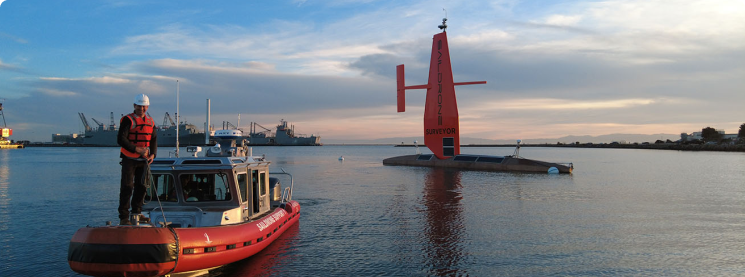
Case Study: Saildrone
Reaching new depths of oceanographic research and exploration through the use of wind-powered autonomous drones.
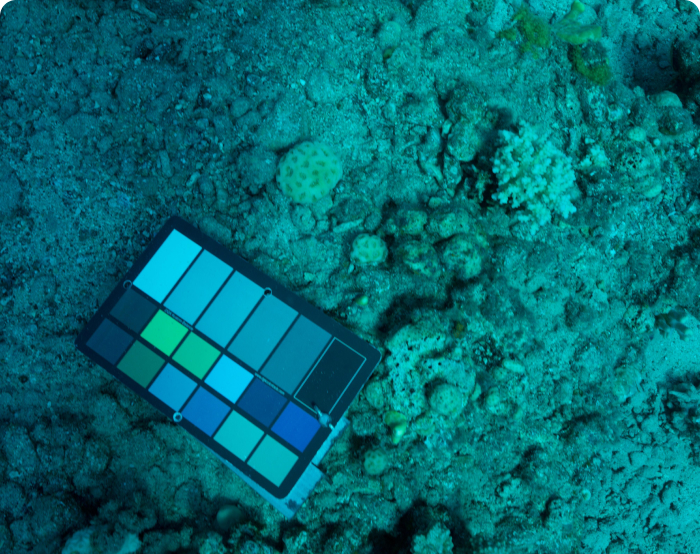
University of Haifa
Haifa, Israel
Developing Sea-Thru, a lidar-based platform to image real colors underwater in real-time, intended to work flexibly with consumer cameras under natural and artificial light.
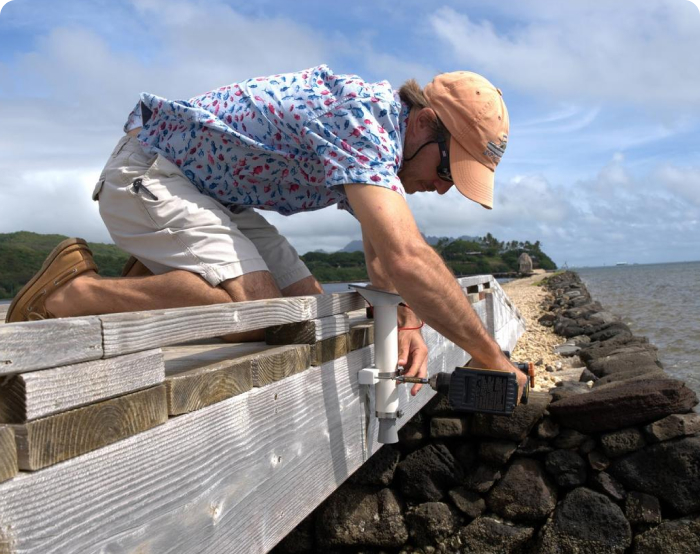
Hohonu
Honolulu, HI
Building low-cost, open source sensors to measure a range of oceanographic parameters such as sea-level, temperature, conductivity, pressure, and pH.
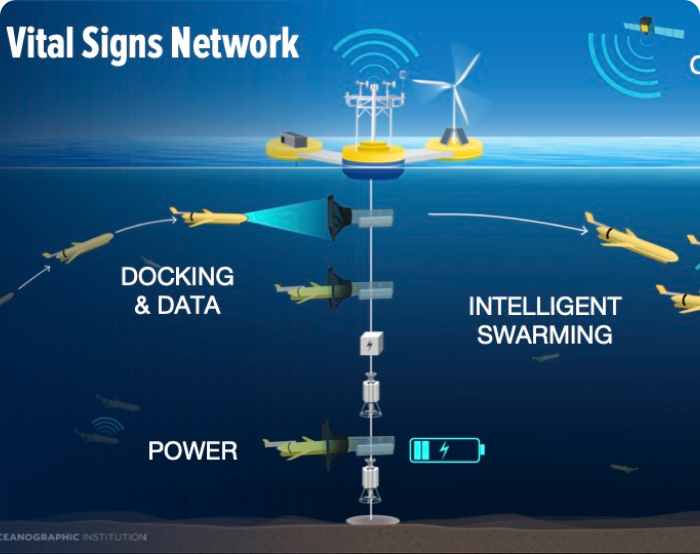
Ocean Vital Signs Network Initiative
Woods Hole, MA
Ocean Vital Signs Network, a flagship mCDR research and engineering initiative at the Woods Hole Oceanographic Institution
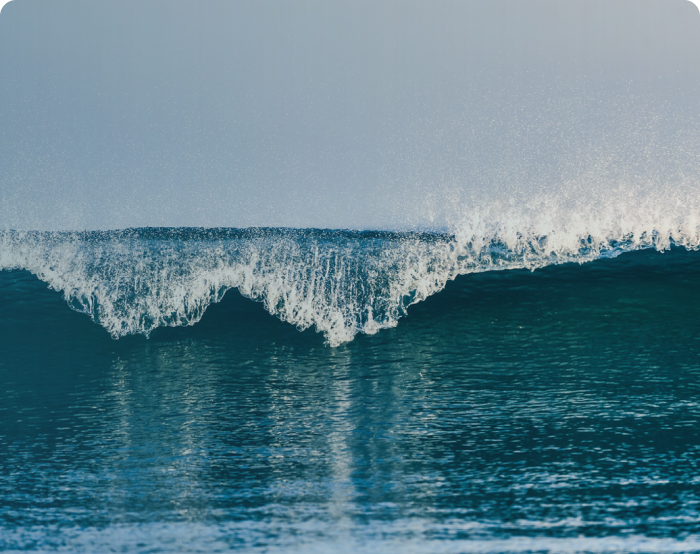
SMART Cables
Honolulu, HI
The University of Hawaii at Manoa and Subsea Data Systems are working together to advance SMART Cables – a revolutionary new technology that integrates sensors into new seafloor fiber optic telecommunications cables for cost effective monitoring of the oceans and earth.
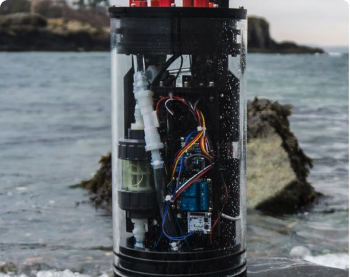
Ocean Diagnostics
Victoria, BC
Building MantaRay, the first autonomous microplastic sampler. It will work on multiple platforms and provide much needed data to illuminate a poorly understood issue in marine plastic pollution
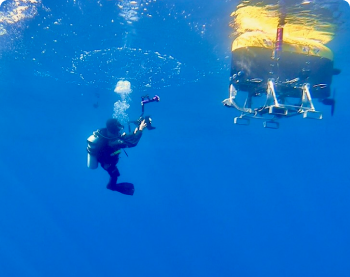
Future Ocean Labs at MIT
Cambridge, MA
Building an open-source family of very low-cost, low-power acoustic modems that allow low-bandwidth data transfer over intermediate and short distances
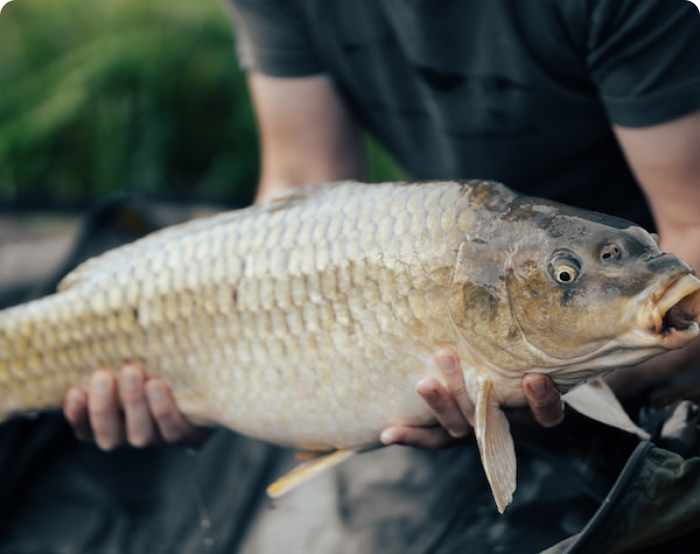
Ocean Research and Conservation Association
Fort Pierce, FL
Experimenting with a low-cost pollution sensor that can help identify coastal waters most in need of further study with the group’s more elaborate Kilroy sensor packages. Their overall goal is to apply these technologies to the identification of key pollution sources.
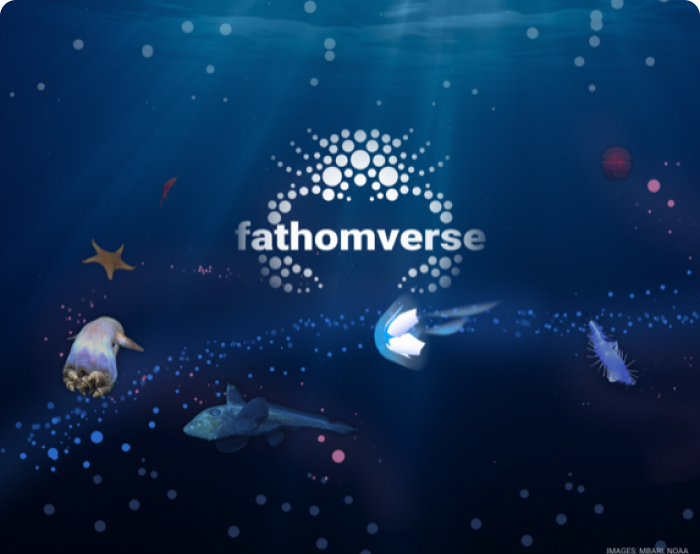
Fathomverse
Honolulu, HI
A mobile game designed to inspire a new wave of ocean explorers while improving the artificial intelligence researchers use for the discovery of ocean life.
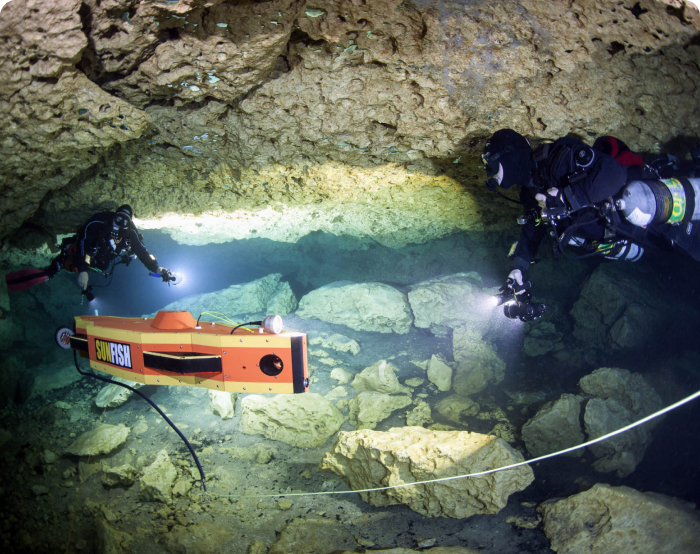
Stone Aerospace
Austin, TX
Developing the Sunfish, an autonomous underwater vehicle capable of exploring and mapping underwater environments.
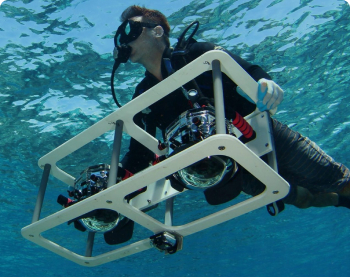
Scripps Institution of Oceanography -Sandin Lab
San Diego, CA
Developing techniques for three-dimensional mapping of reefs that track regional reef growth or declines, allowing researchers to discern key ecological patterns that inform management
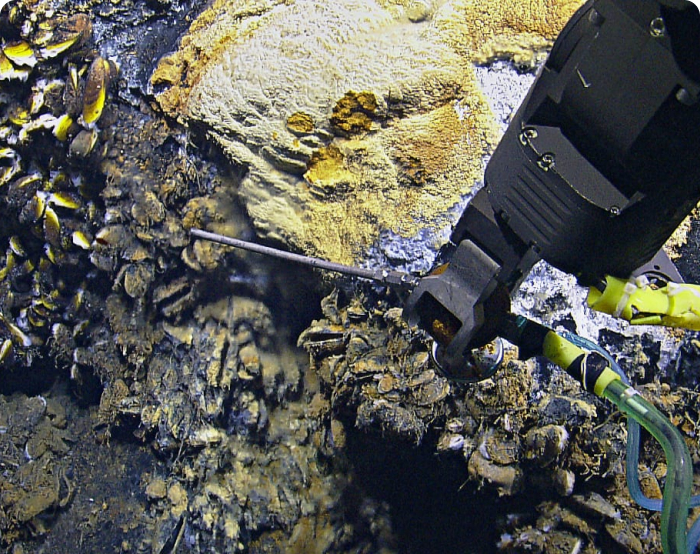
WHOI – Applied Ocean Physics and Engineering
Woods Hole, MA
Developing a portable low-power sensor capable of monitoring multiple dissolved gasses playing key roles in climate and marine ecosystem health.
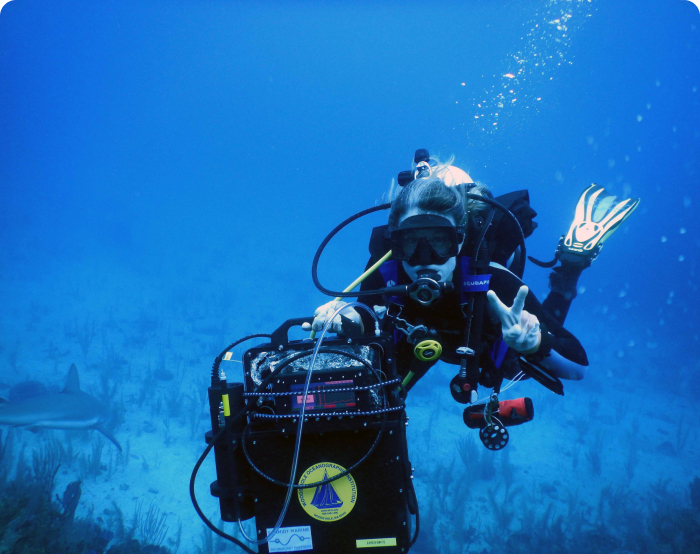
WHOI – Hansel Lab
Woods Hole, MA
The DISCO (diver-operated submersible chemiluminescent sensor) has been developed to measure oxygen radicals and other fleeting marine chemicals in situ.
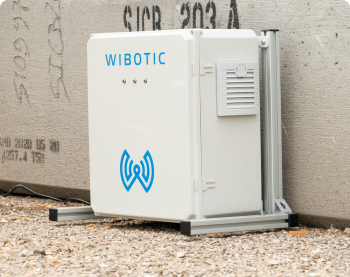
Wibotic
Seattle, WA
Developing an ecosystem of aerial, mobile, marine, space and industrial robots for improved reliability and productivity, including wireless charging technology for autonomous systems, like underwater drones.
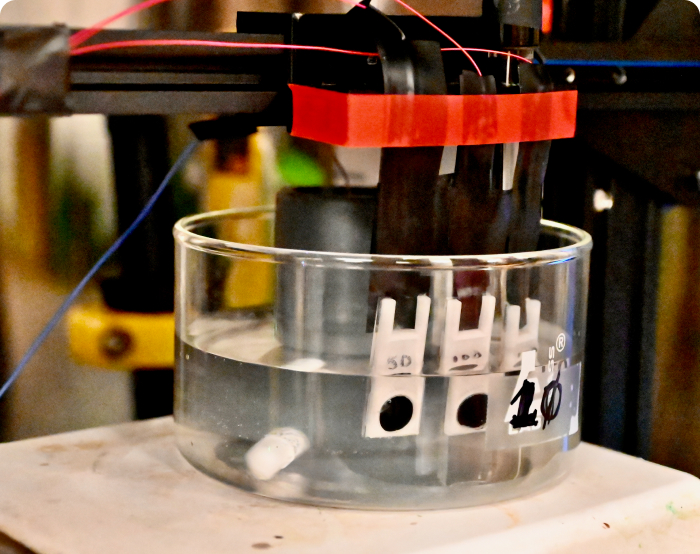
University of Washington
Seattle, WA
Developing a next generation salinity sensor – a small, low power, low cost, carbon nanotube powered sensor for oceanographic use, enabling ocean sensing on larger temporal and spatial scales.
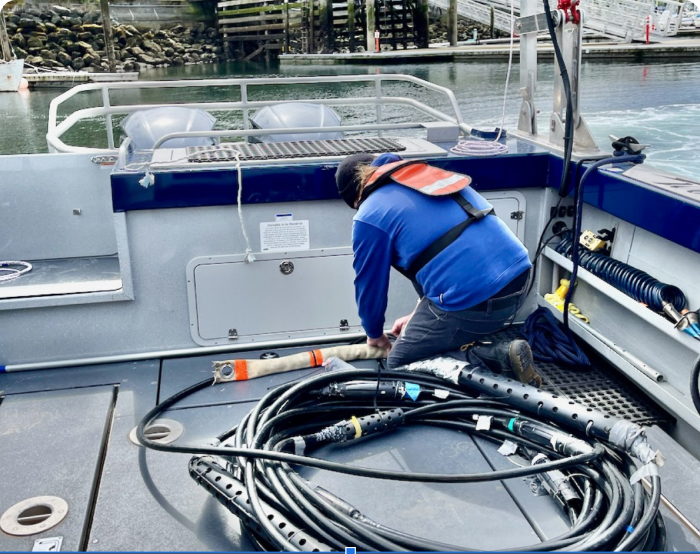
Induced Polarization Associates
Seattle, WA
Developing a portable in-water electrical detection technology for mapping water column and seabed contaminants.
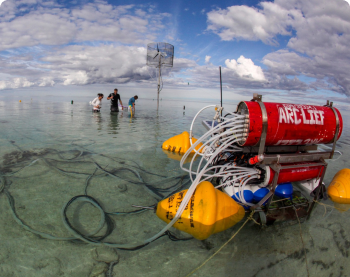
The Smithsonian Tropical Research Institute
Panama City, Panama
Employing a seafloor “biodome” system, Free Ocean Carbon Enrichment, that is diver-deployable and enables manipulation of temperature, pH, and other parameters to enable previously impossible underwater studies.
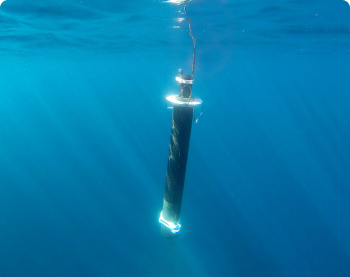
Seatrec
Pasadena, CA
Powering new measurement capabilities and extended functional lifespans for oceanographic research equipment by harvesting renewable energy from beneath the sea through exploiting water column temperature gradients
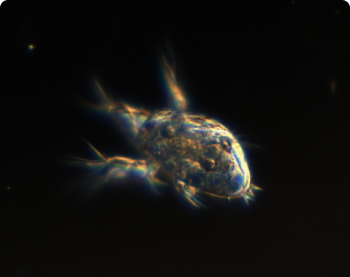
Scripps Institution of Oceanography -Jaffe Lab
San Diego, CA
Developing a smart underwater imaging telemeter (The SUIT) that enables permanent association of underwater video and photos with location and environmental data.

Northeastern Environmental Sensors Lab
Boston, MA
Developing low-cost, accurate nitrogen sensors to tackle one of the biggest challenges related to solving the problem of coastal nutrient pollution.
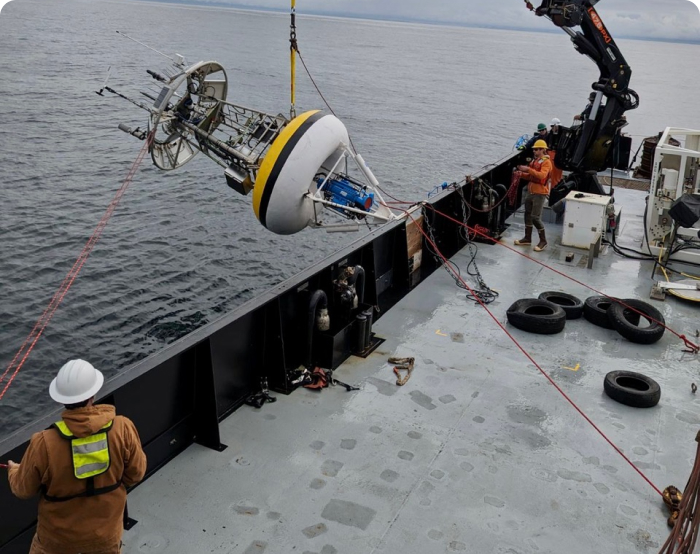
Synchro
Moss Landing, CA
A co-design testbed to synchronize and evolve technology solutions for industry, ocean science, and conservation.
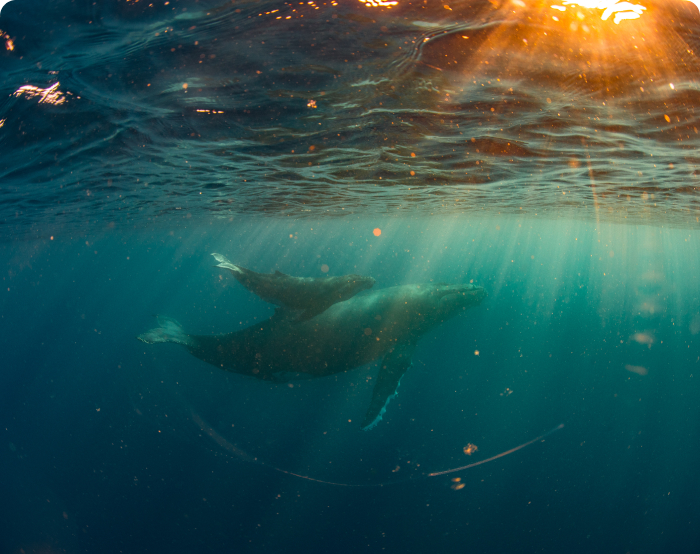
OCN
Tortola, Britsh Virgina Islands
OCN.ai leverages technology and data integration to provide innovative solutions for managing marine ecosystems sustainably.
View All Partners
For a full list of partners both past and present, visit the Schmidt Marine Partner Directory.
Want to Partner With Us?
Learn more about our process and submit your own proposal.